Walking through Spain’s sacred spaces isn’t just moving from one place to another but connecting to centuries of history, faith, and culture. Millions of footprints have trodden these old paths, carrying each pilgrim’s story and purpose. It takes careful planning, an open heart, and some practical wisdom to make this 12-day journey through sacred sites meaningful.
Before discussing the essential tips that will help shape your sacred journey, let’s consider making every step count. These tested suggestions come from people who have walked these paths before you.
Start in Sarria
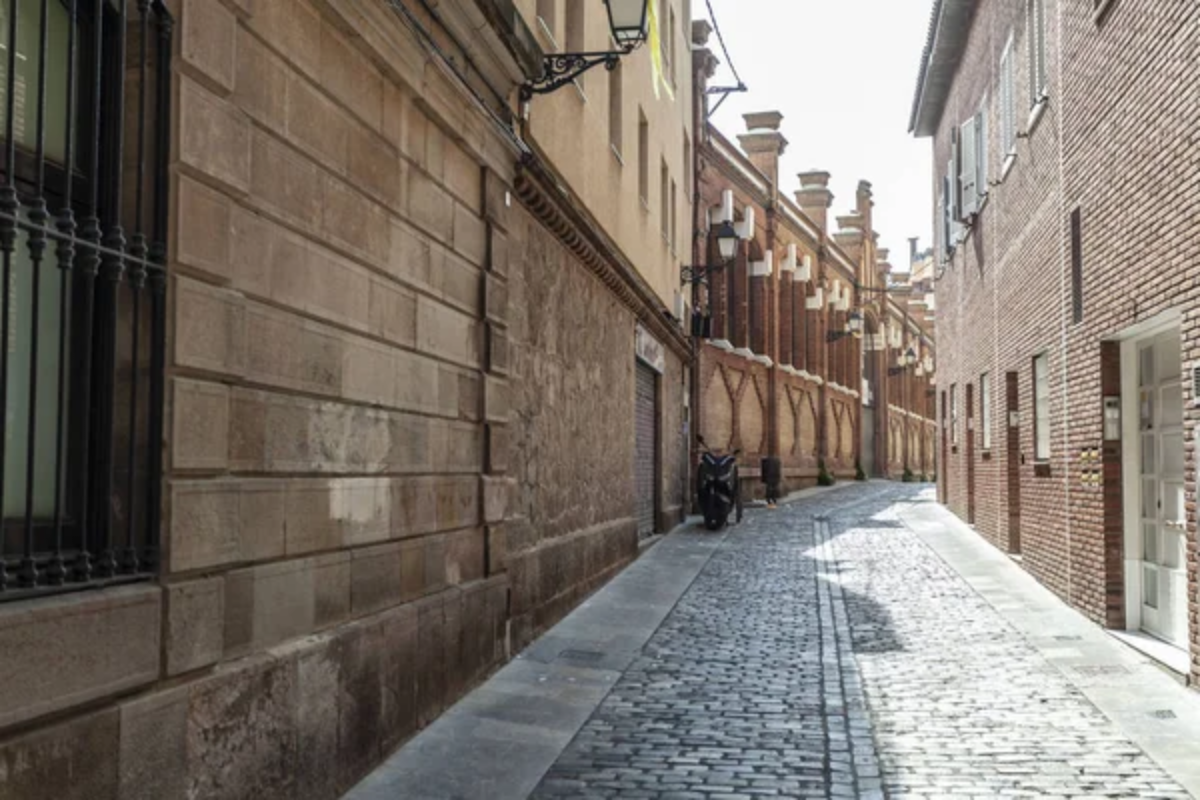
Starting your pilgrimage in Sarria makes perfect sense for a 12-day journey. This medieval town sits at the perfect distance to help you earn your Compostela certificate, which requires walking at least 62 miles.
The route from here offers a good mix of challenging and gentle terrain that helps your body adjust to daily walking. The town also has plenty of places to stock up on supplies and get your pilgrim passport stamped.
Pack Light, Walk Far

Your backpack should not exceed 10 percent of your weight. You will be lugging it around every day for several hours. Effective packing is what is called making smart choices; choose clothes that dry fast, can be used in multiple ways, and are mixed and matched.
You may also find these basic supplies when you pass towns, so there is no need to be prepared for any eventuality
Like Travel Pug’s content? Follow us on MSN.
Break in Your Boots
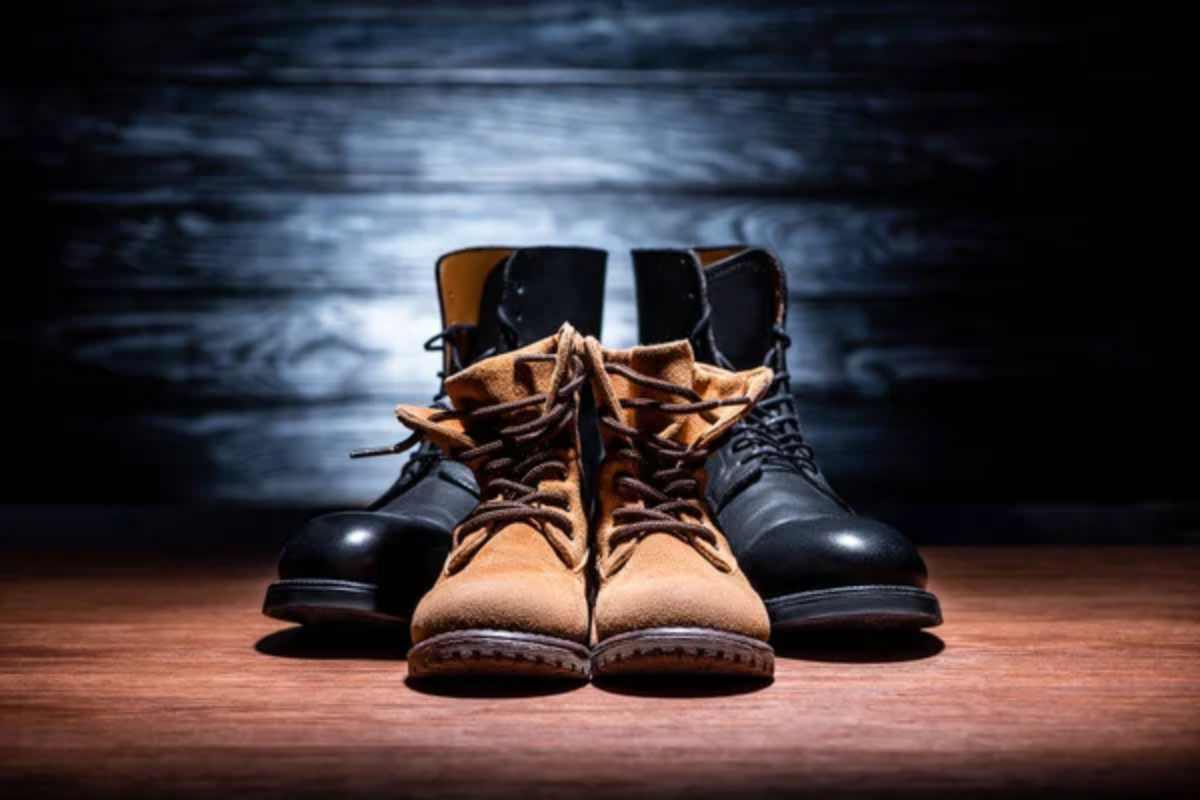
New shoes can transform a holy walk into an odyssey of misery. Get yourself some good hiking boots, then wear them two months ahead of time for progressively longer daily walks.
The same socks will work best when doing practice walks, using the ones intended for use during the pilgrimage to avoid unwelcome surprises when actually on the holy walk.
Learn Basic Spanish

Knowing simple phrases in Spanish will open up opportunities for deeper interaction with locals and fellow pilgrims. Learn vocabulary related to directions, food, accommodation, and basic greetings.
Spanish people appreciate the effort, even though you make mistakes while trying to communicate. The language basics help you to understand mass services and historical information at the places you visit.
Reserve Rest Days

Planning two rest days within your 12-day journey gives your body time to recover. Schedule these breaks in larger towns where you can explore local culture and history without your backpack.
These pauses allow you to attend longer services or spend extra time at significant sites. Rest days help prevent exhaustion and make the whole experience more enjoyable.
Like Travel Pug’s content? Follow us on MSN.
Join Evening Prayers
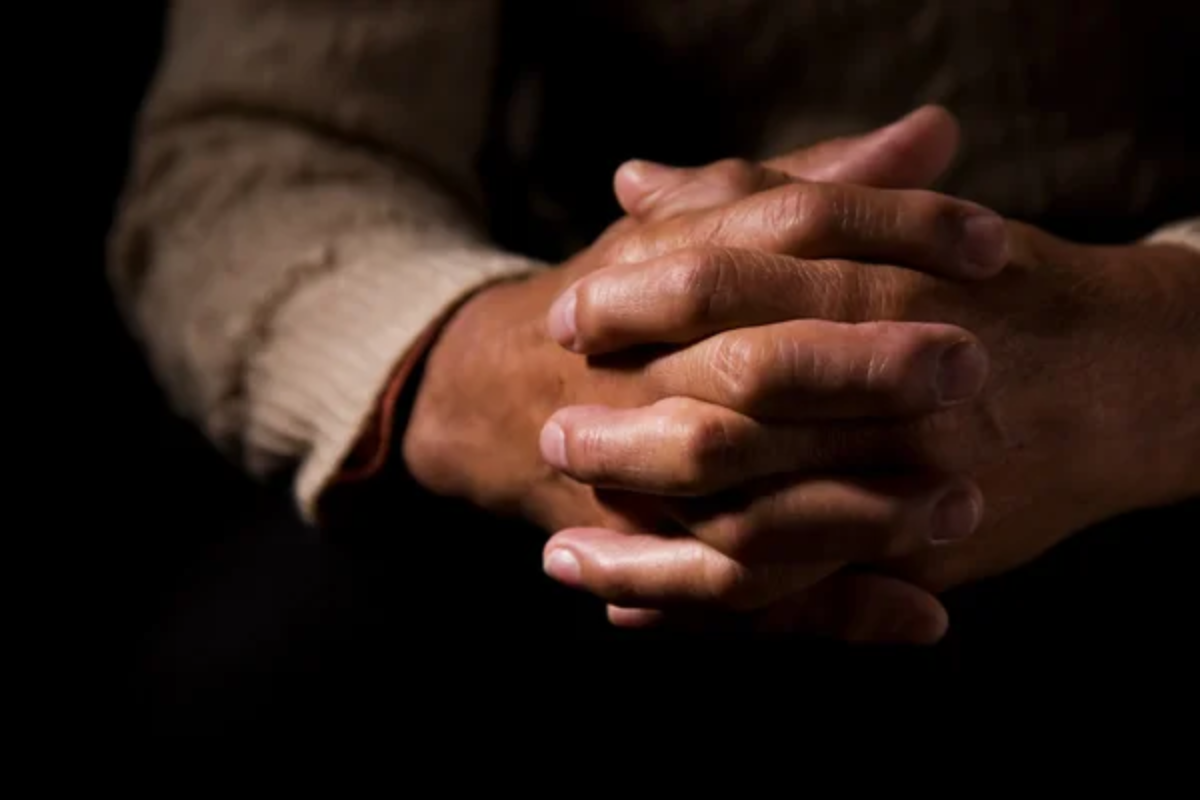
Many churches along the route offer evening prayers that welcome pilgrims. These services allow one to experience local spiritual traditions and meet fellow travelers.
The peaceful atmosphere of these gatherings helps you reflect on your day’s journey. Evening prayers often include multilingual elements, making them accessible to pilgrims from different backgrounds.
Wake Up Early

Starting your walk before sunrise lets you experience the path at its most peaceful. Early mornings offer cooler temperatures and fewer crowds on popular routes.
The quiet hours give you time to reflect and set intentions for your day. Watching the sunrise while walking creates unforgettable moments of natural beauty.
Carry Water Wisdom

Staying hydrated means carrying enough water for long stretches between towns. Learn where reliable water sources are located along your daily route.
Local fountains marked as ‘agua potable’ provide safe drinking water for pilgrims. Always carry at least two liters, even on shorter walking days.
Like Travel Pug’s content? Follow us on MSN.
Document Thoughtfully

Keeping a small journal helps capture meaningful moments and insights during your journey. Take photos that tell your story without letting technology disconnect you from the experience.
Writing down the names of people you meet and special places you visit preserves memories better than digital photos alone. Consider collecting small mementos like pressed flowers or church stamps to create a tactile record of your pilgrimage.
Choose Albergues Carefully

Traditional pilgrim hostels, or albergues, offer authentic experiences and chances to connect with other travelers. Look for places with good reviews about cleanliness and quiet hours.
Some allergies are run by religious orders, offering unique insights into local spiritual traditions. Book ahead during peak seasons while keeping some flexibility in your schedule.
Listen to Local Advice
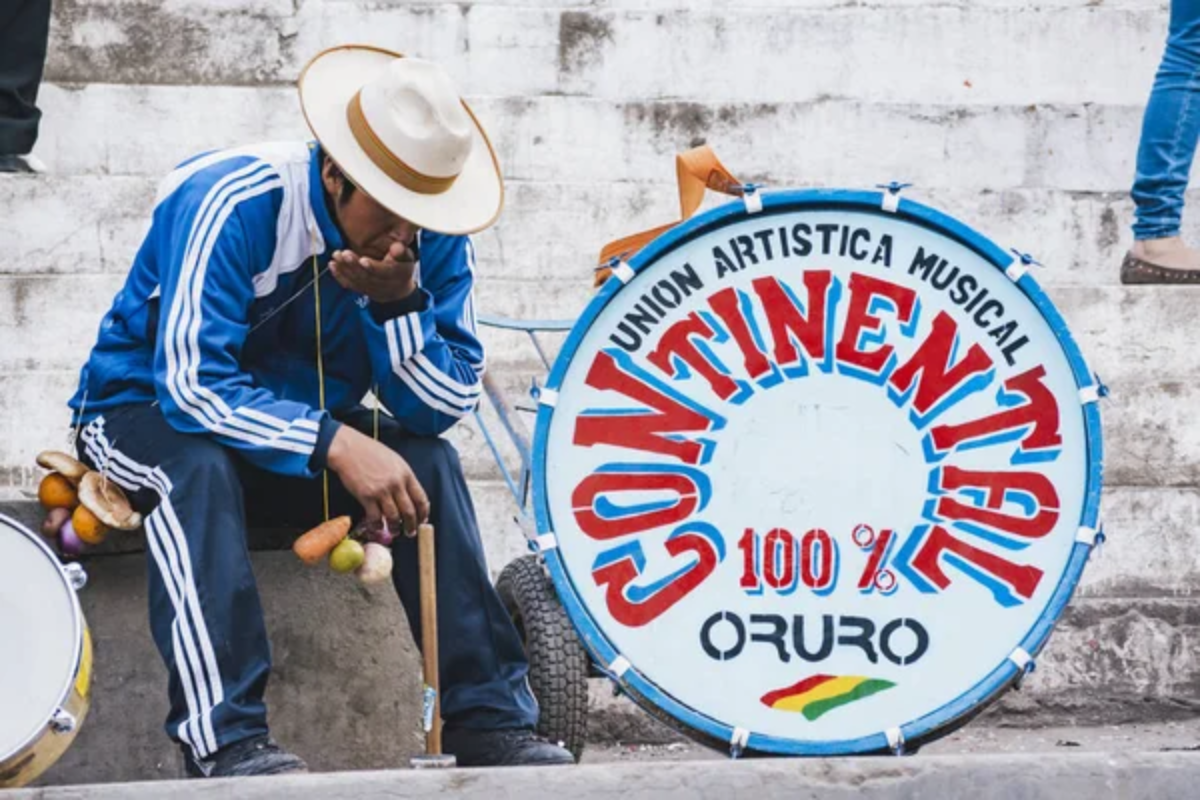
Spanish locals along the pilgrimage routes often share valuable tips about weather and path conditions. Pay attention when they suggest alternate routes or warn about difficult sections.
Their recommendations for local foods and customs can enhance your cultural experience. These interactions often lead to unexpected friendships and a deeper understanding of Spanish culture.
Like Travel Pug’s content? Follow us on MSN.
Respect Sacred Spaces

Remove hats and maintain quiet when entering churches and monasteries. Dress modestly out of respect for active places of worship.
Photography rules vary by location, so always check before taking pictures inside religious buildings. Remember that these are living sacred spaces, not just tourist attractions.
Walk Your Own Pace
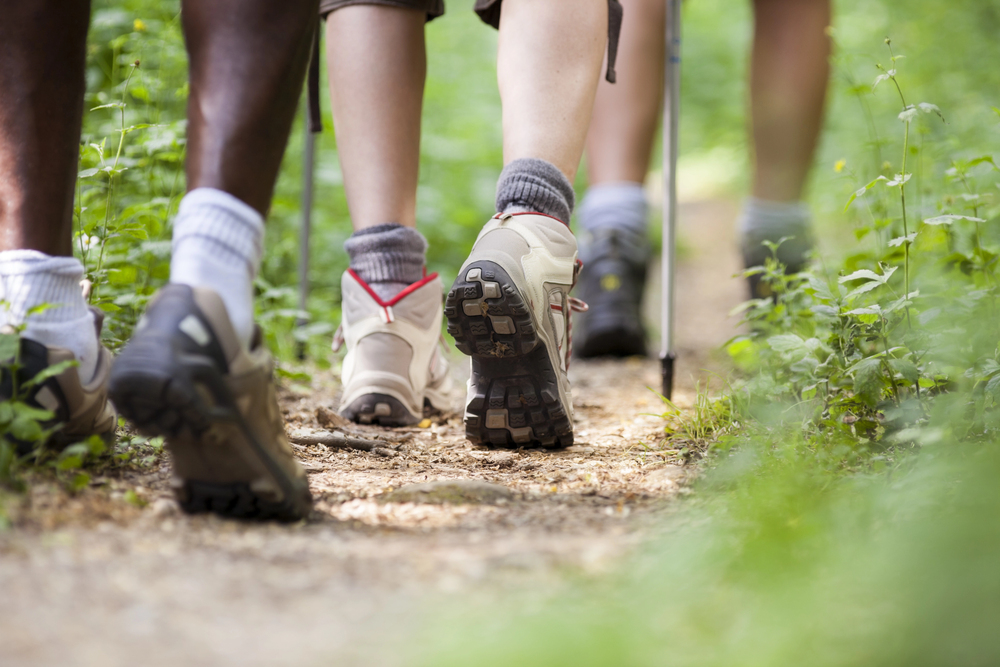
Finding your natural walking rhythm helps prevent injury and exhaustion. Don’t feel pressured to keep up with faster groups or wait for slower ones.
Your pilgrimage is personal, and walking at your speed helps you notice details. Listen to your body and adjust your pace throughout the day.
Embrace Local Food
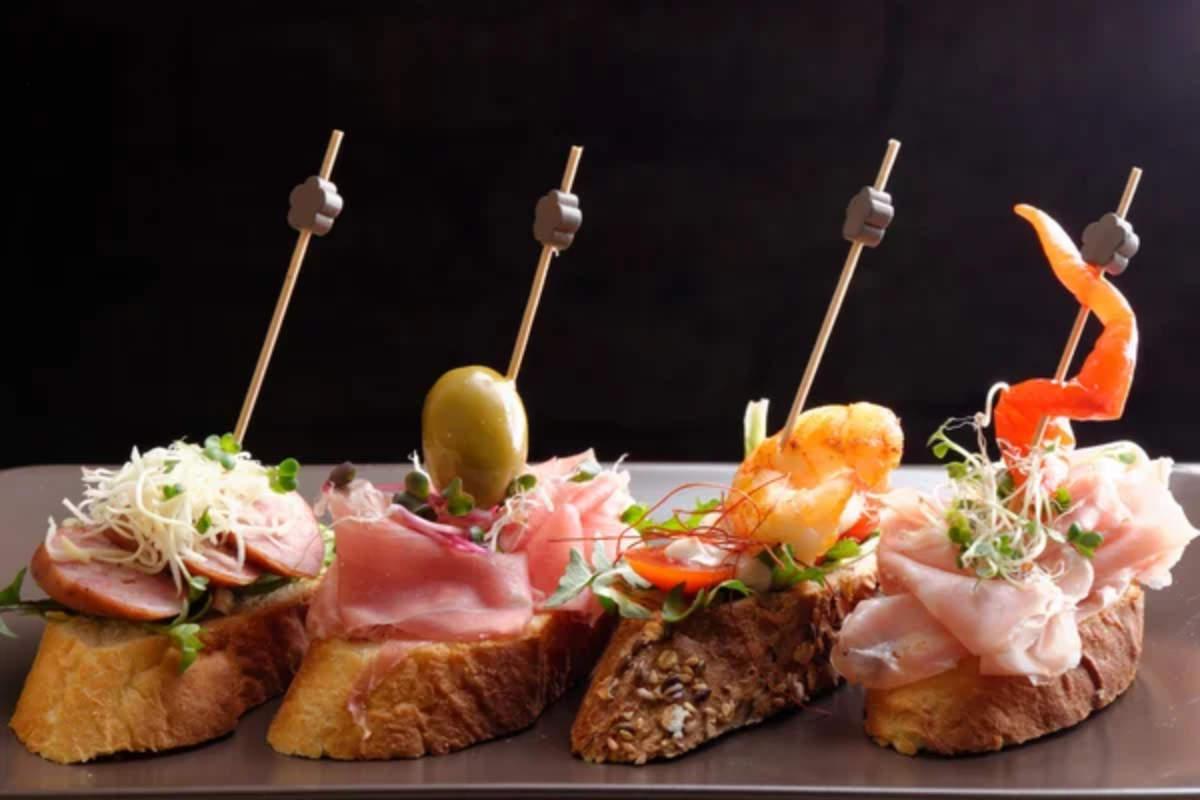
Try regional dishes at small family restaurants along the route. Local food provides the right energy for long days of walking.
Spanish meal times differ from other countries, so adjust your eating schedule accordingly. Fresh local produce and bread from small bakeries make perfect walking snacks.
Like Travel Pug’s content? Follow us on MSN.
Make Time for Detours
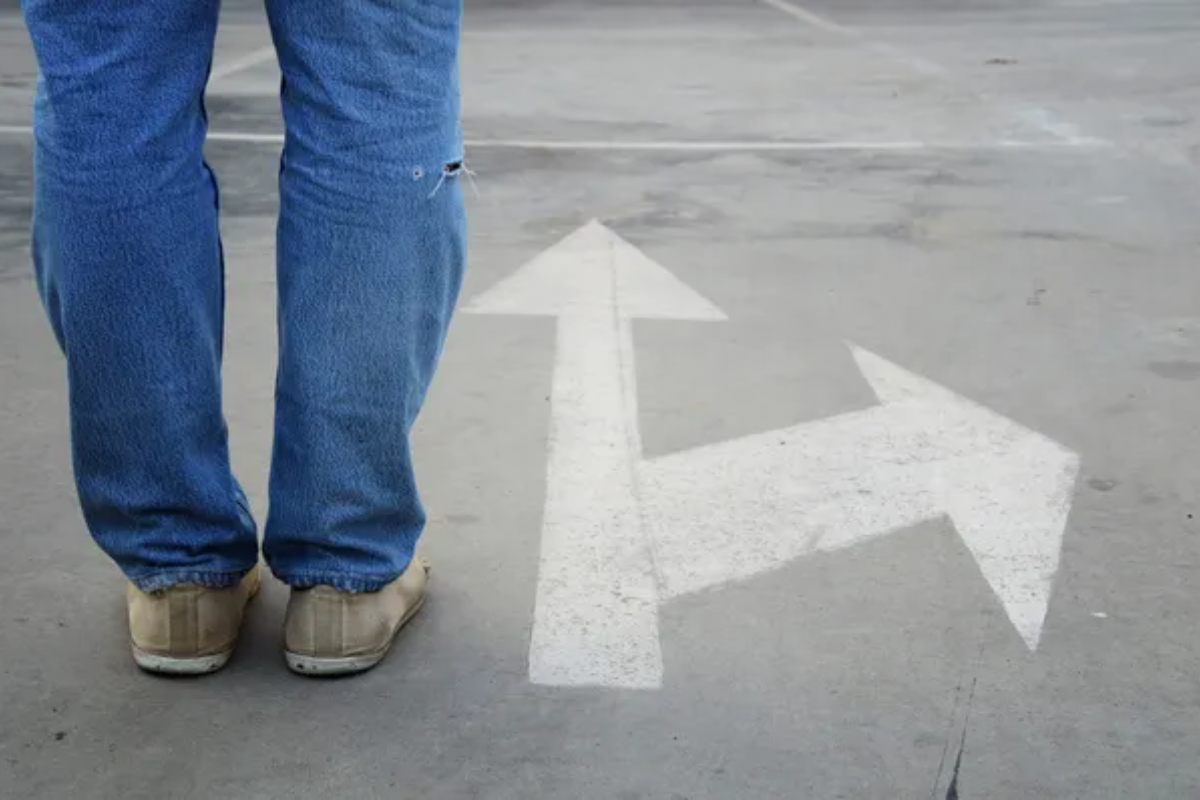
Small detours to lesser-known churches or historic sites often provide unexpected insights. Leave room in your schedule to explore interesting places you discover.
These unplanned stops sometimes become the most meaningful parts of your journey. Local suggestions often lead to hidden gems just off the main path.
Practice Pilgrim Etiquette

Respect quiet hours in shared accommodations to ensure everyone gets the rest they need. Keep your phone silent during religious services and while walking near others.
Help fellow pilgrims when you can, but respect their desire for solitude if they prefer walking alone. Remember that everyone walks the path for their own reasons.
Protect Your Feet

Change socks whenever they get damp to prevent blisters. Address hot spots on your feet as soon as you notice them.
Proper foot care includes airing out your boots during breaks. Regular foot maintenance distinguishes between an enjoyable pilgrimage and a painful trek.
Like Travel Pug’s content? Follow us on MSN.
Connect with Nature
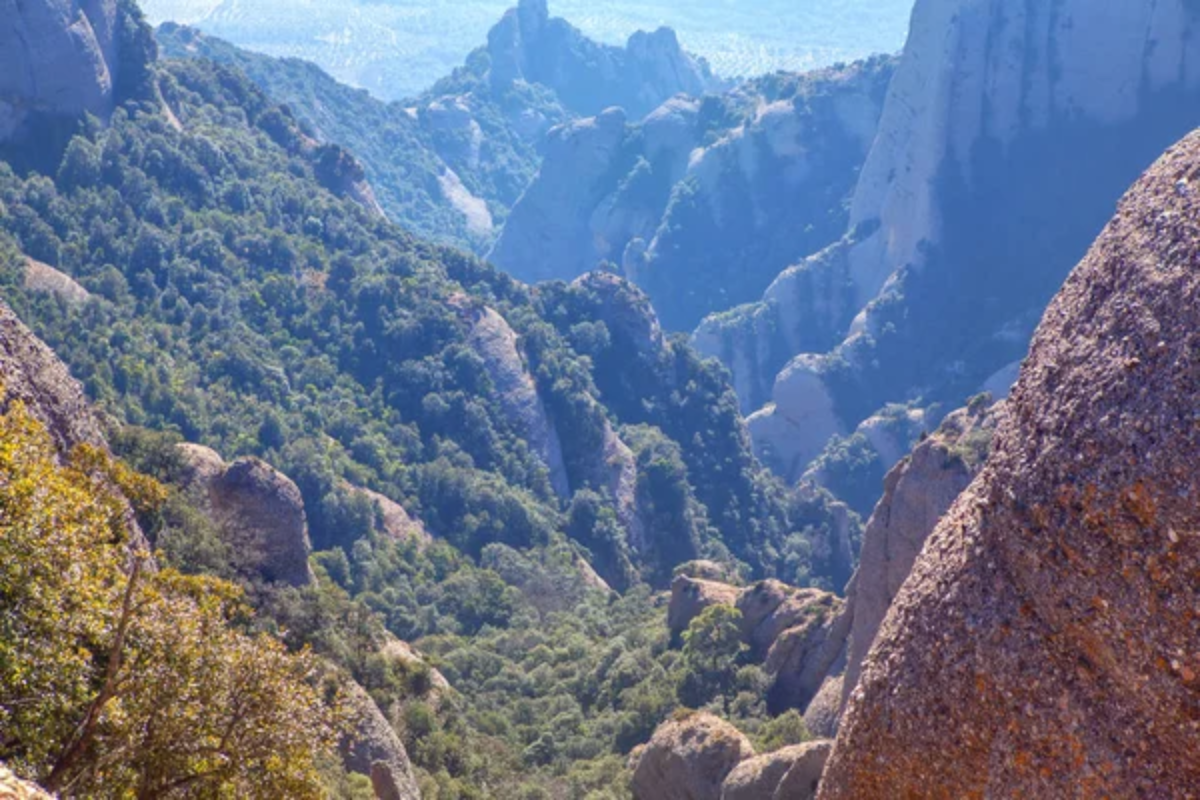
Take time to notice the changing landscapes and local wildlife along your route. Weather changes can create beautiful moments worth pausing to appreciate.
Natural surroundings often provide perfect spots for quiet reflection. The physical journey through nature becomes part of the spiritual experience.
Learn Church Traditions
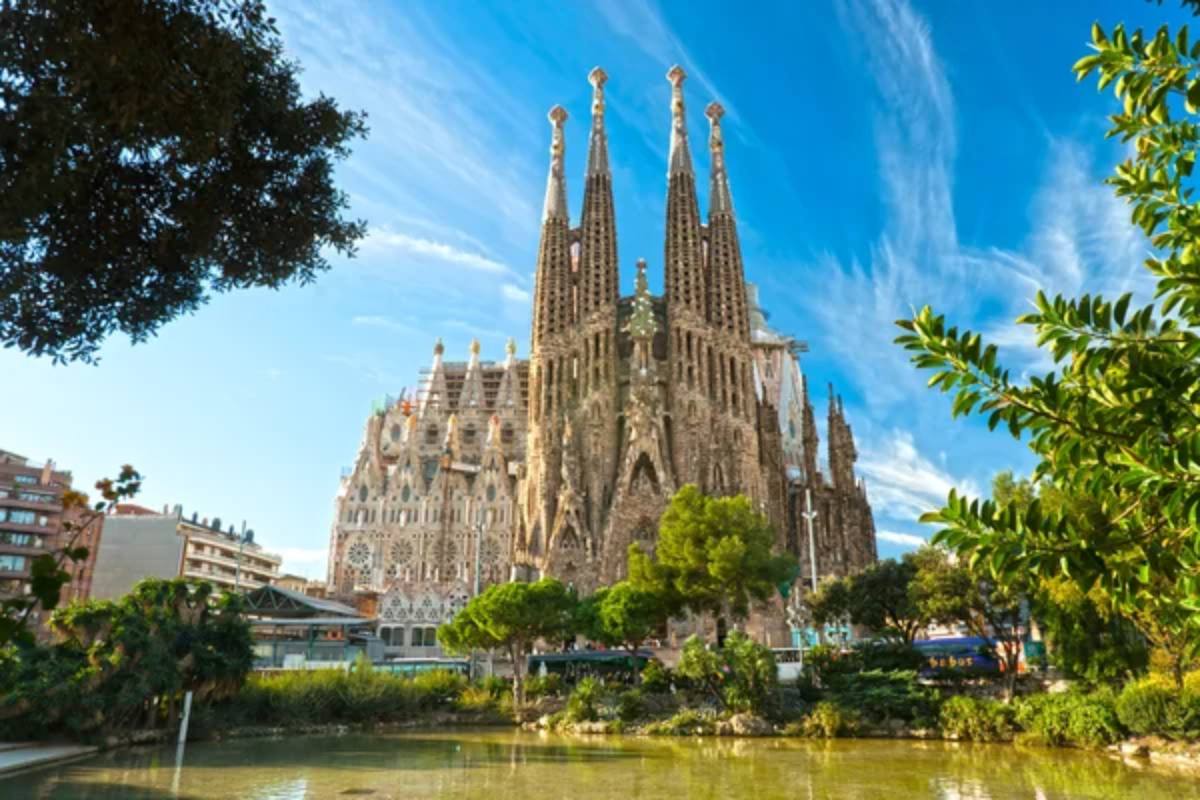
Understanding basic Catholic traditions helps you appreciate the sites you visit. Notice how different churches maintain their unique customs and celebrations.
Local festivals might coincide with your visit, offering special experiences. This knowledge deepens your connection to the places and people you encounter.
Stay Flexible

Weather, special events, or physical needs might require adjusting your daily plans. Keep an open mind about changing your route or schedule when necessary.
Sometimes, the best experiences come from unexpected changes to your original plan. Flexibility helps you handle challenges while maintaining the spiritual focus of your journey.
Like Travel Pug’s content? Follow us on MSN.
Sacred Steps Forward
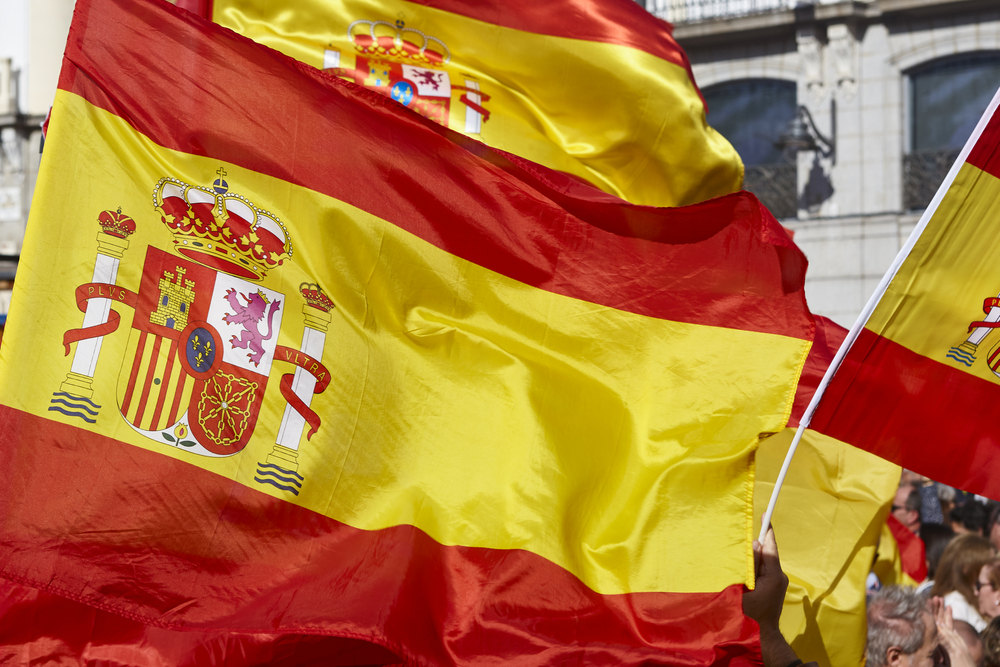
The footprints of countless pilgrims before you have marked these sacred paths through Spain. Each step carries the potential for personal transformation and deeper understanding.
Modern pilgrims walk these ancient routes seeking spiritual growth and cultural connection, proving that sacred journeys remain relevant in our fast-paced world. These paths continue to offer spaces for reflection, connection, and discovery, just as they have for centuries.
More from Travel Pug

- 15 Dangerous European Cities to Avoid
- 15 Caribbean Islands Where Tourists Keep Getting Scammed
- The 20 Most Fascinating Abandoned Places: A Journey Through Time and Forgotten Spaces
- 15 Hidden Places in the Smithsonian Museums Locals Love: A Guide to Lesser-Known Treasures
- 16 Hidden Florida Beach Towns That Aren’t Overrun with Tourists
Like Travel Pug’s content? Follow us on MSN.
